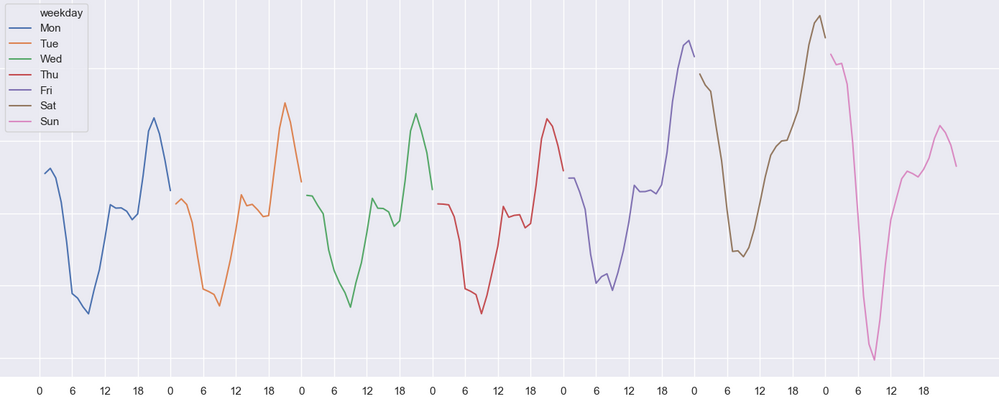-
Uddannelse
Find uddannelse
Studievejledning
Besøg AU
Kvalitet
-
Forskning
Aktuel forskning
Talent
-
Samarbejde
Gymnasier
Myndigheder
Alumner
- Om AU
What do you listen to when? Ongoing research suggests music listening preferences change during the day.
24.06.2020 |
Or do you start your day with energetic music to wake up, and then wind down with relaxing tracks in the evening? Do you do so consciously and with purpose?
These are some of the questions we are focusing on in an ongoing study. In today’s digital world people can stream almost any type of music at any time of the day. In fact, a study suggest that we spend between 10 and 40% of our waking hours with music around us.
By using Spotify, YouTube, QQ Music, Tidal, and others, one can listen to millions of tracks of any type of genre. These companies store the listening habits of millions of people, giving unprecedented insight into music listening habits around the world.
In 2018, Spotify released one of the largest datasets of music listening habits — The Music Streaming Sessions Dataset.
This dataset contains listening behaviour from around 160 million listening sessions, spread over multiple weeks. By analyzing the 2 billion listening events in the dataset, we can see how features of music change throughout the day and the week.
When we look at beat strength (a measure of how clear a song’s beat is), we see a characteristic pattern.

Beat strength dips in the morning and peaks in the late evening. This means that the songs we listen to in the morning have a weaker beat strength than the ones we listen to in the late evening. The pattern repeats itself throughout the week, but grows stronger during the weekend. Similarly, complementary patterns can be found for the tempo, danceability, and many other features of music.
By analyzing such patterns, we found that we could divide the day into five subdivisions.
Morning
From 05:00 to 11:00 (5:00 a.m. to 11:00 a.m.) — characterized by songs with a medium tempo, yet with high energy ratings.
Afternoon
From 11:00 to 19:00 (11:00 a.m. to 7:00 p.m.) — characterized by louder songs with a higher tempo and energy than the rest of the day.
Evening
From 19:00 to 23:00 (7:00 p.m. to 11:00 p.m.) — characterized by loud and danceable songs with a clear and mechanical beat.
Night
From 23:00 to 03:00 (11:00 p.m. to 3:00 a.m.) — characterized by a mix of songs, some with a slower tempo and lower energy rating, and some with a higher tempo and higher energy rating.
Early morning/late night
From 03:00 to 05:00 (3:00 a.m. to 5:00 a.m.) — characterized by soft and organic songs with a low tempo.
Now we aim to figure out if these categorizations make sense for everyone, or if they are just the results of different people listening to different music at different times of the day.
To test that, we have created an online app. Here you can get your Spotify playlists automatically categorized by an artificial neural network.
To help with our experiment, you will need a Spotify account with at least one playlist. Try the app here.
With your help, we hope to better understand how we frame our lives with music.
This experiment is part of a larger study on music listening habits run by Ole Adrian Heggli, Jan Stupacher, and Peter Vuust at Center for Music in the Brain.